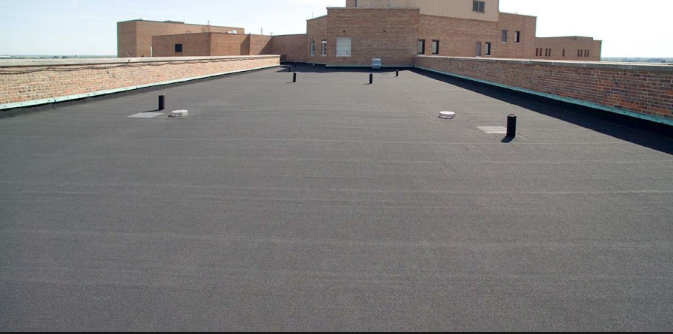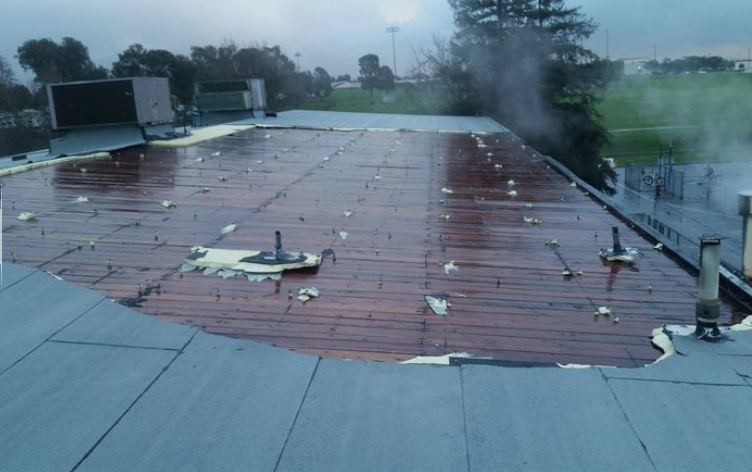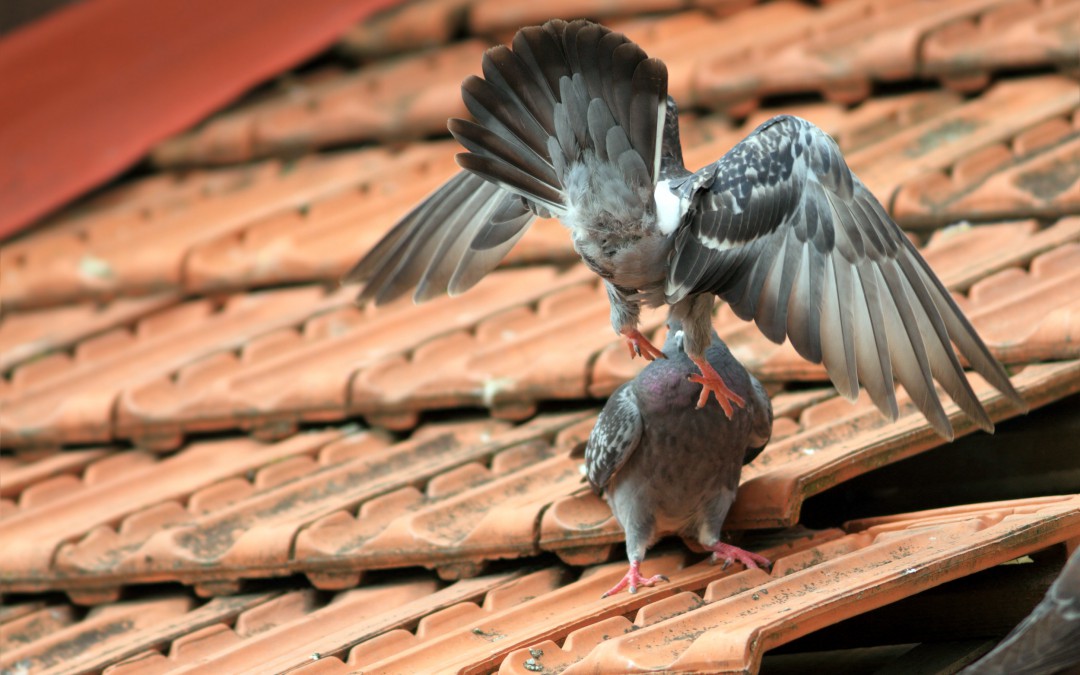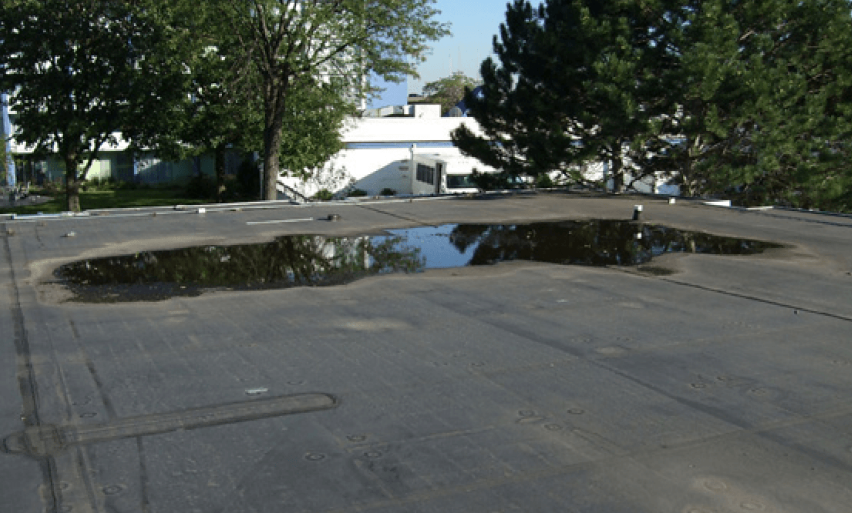6 Ways to Winterize a Commercial Roof
If you are ignoring the roof of your commercial property, then when winter arrives, you risk having serious problems from moisture and high winds. It is essential to winterize a commercial roofing system to avoid having major problems from snow and ice during the winter. Here are some of the ways that an expert roofing technician can winterize a commercial roof.
Winterizing Way 1: Request a Professional Roofing Inspection
Call a roofing company that specializes in inspecting commercial roofs that are larger than residential roofs. These types of roofs are often made in a customized way to have heating or cooling devices. Some commercial rooftops are flat or have slight inclines rather than having a steep incline that is seen on the roofs of homes. With a thorough inspection, you can determine what types of repairs are vital for the commercial roof.
Winterizing Way 2: Installation of Drainage Systems
Larger commercial roofs require moisture drainage systems to remove the rainwater and melting snow from the rooftop’s surface. Without drainage devices, the water will collect on the rooftop, leading to areas that will begin to degrade from the moisture. The standing water will also attract birds, bats and insects that are looking for moisture. These vermin can cause additional rooftop damage.
Winterizing Way 3: Protective Sealant Applications
It is essential to have new sealants applied to a commercial roof occasionally to prevent leakage that can damage the underlying insulation, waterproof layers, wood and drywall of your business. Don’t wait until late autumn to request this roofing service because technicians should work on the rooftop during a warmer and dryer day to apply the tar or other sealant that will keep moisture away from the inside of your commercial building.
Winterizing Way 4: Gutters and Downspouts
We recommend gutters and downspouts for many commercial businesses so that melting ice or snow runs off the roof as fast as possible. Having gutters around a commercial building can also keep the rainwater from seeping into the soil around the structure, preventing problems from rotting foundations and parking lots. A professional roofing technician can determine where to place the downspouts in the proper location to keep water from flowing onto a business’s pathways and sidewalks.
Winterizing Way 5: Improve Ventilation Devices
Make sure that a commercial building has ventilation systems on the roof so that warm air can circulate upward to melt the ice or snow. You may need to have heating equipment that keeps the upper area of a larger commercial building warm so that snow and ice won’t accumulate for several weeks or months.
Winterizing Way 6: Emergency Snow and Ice Removal
Snow and ice can weigh hundreds of pounds, so you should have a plan in place to remove the ice and snow after a storm occurs. Without emergency snow removal, a commercial roof can begin to degrade rapidly, leading to a surface that is structurally unsound.
.png)



